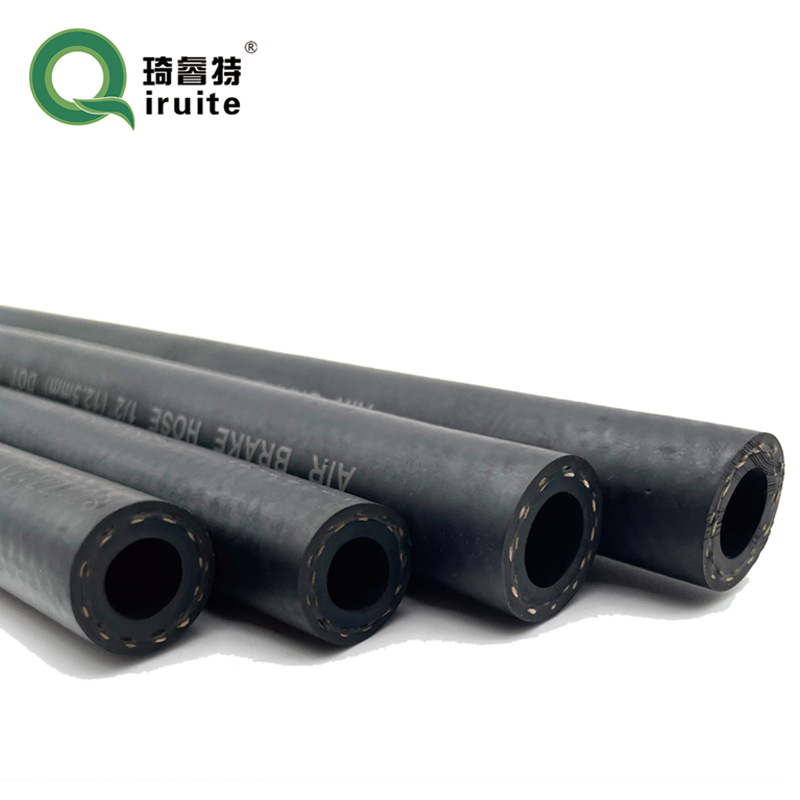134a recharge hose
Understanding the Importance of R-134a Recharge Hoses in HVAC Systems
In the realm of HVAC (Heating, Ventilation, and Air Conditioning) systems, proper maintenance is crucial for ensuring optimal performance and efficiency. A key component in this maintenance process is the refrigerant recharge hose, particularly for systems utilizing R-134a refrigerant, which has become a standard in automotive air conditioning systems and some household HVAC systems since the mid-1990s. This article delves into the significance of R-134a recharge hoses, their components, and some tips for effective usage.
What is R-134a Refrigerant?
R-134a, or 1,1,1,2-tetrafluoroethane, is a colorless gas that is non-flammable and has low toxicity, making it a popular choice as a refrigerant. It is primarily used in car air conditioning systems and certain commercial and residential refrigeration applications. Due to its favorable environmental profile compared to older refrigerants like R-12, which is ozone-depleting, R-134a has become the go-to refrigerant for new systems. However, like any refrigerant, R-134a can leak over time or require recharging to maintain system efficiency.
The Role of Recharge Hoses
Recharge hoses are essential tools used by HVAC technicians and DIY enthusiasts alike when servicing systems that use R-134a refrigerant
. A typical recharge hose consists of a few critical components1. Hose and Fittings The hose is usually made from durable rubber or reinforced materials to withstand the pressure of the refrigerant. The fittings are designed to connect to the refrigerant service ports of the HVAC system.
2. Gauge Many recharge hoses come equipped with gauges that help monitor the pressure of the refrigerant within the system. This is vital for diagnosing whether the system is undercharged, overcharged, or in proper working condition.
3. Shutoff Valve This feature allows users to stop the flow of refrigerant when necessary. It enhances safety and controls the refill process, ensuring that the refrigerant is added correctly.
Importance of Using the Correct Recharge Hose
Using the correct recharge hose for R-134a is paramount for several reasons
134a recharge hose

- Safety Different refrigerants operate at varying pressures, and using an incompatible hose could lead to leaks or ruptures, posing safety risks.
- System Efficiency An improper connection or defective hose can hinder the proper charging of the system, affecting its efficiency and longevity. Ensuring that the components designed for R-134a are utilized will lead to better performance.
- Environmental Impact R-134a, while less harmful than previous refrigerants, still contributes to global warming if released into the environment. Using a proper recharge hose minimizes the risk of accidental leaks during the recharging process.
Tips for Proper Use of R-134a Recharge Hoses
To ensure that you are using your R-134a recharge hose correctly, consider the following tips
1. Check for Damage Before every use, inspect the hose for any signs of wear and tear, such as cracks or leaks. Damaged hoses should be replaced immediately to maintain safety.
2. Use Correct Techniques Familiarize yourself with the proper technique for connecting the hose to the service ports. Typically, the low-pressure side is accessed with a blue fitting, and the high-pressure side with a red fitting.
3. Monitor Pressure Pay attention to the readings on the attached gauge. If the pressure is outside of the manufacturer's recommended levels, do not continue adding refrigerant until you address the underlying problem.
4. Follow Environmental Guidelines Always follow local regulations regarding refrigerants and maintenance practices to minimize environmental impact.
Conclusion
R-134a recharge hoses are essential tools in maintaining the efficiency and effectiveness of HVAC systems that use R-134a refrigerant. By understanding their components and adhering to best practices, users can ensure safe and responsible charging practices, ultimately leading to improved system performance and extended equipment life. Whether you are a seasoned technician or a DIY enthusiast, taking the time to master the use of recharge hoses is a vital step in effective HVAC system maintenance.
-
Ultimate Spiral Protection for Hoses & CablesNewsJun.26,2025
-
The Ultimate Quick-Connect Solutions for Every NeedNewsJun.26,2025
-
SAE J1401 Brake Hose: Reliable Choice for Safe BrakingNewsJun.26,2025
-
Reliable J2064 A/C Hoses for Real-World Cooling NeedsNewsJun.26,2025
-
Heavy-Duty Sewer Jetting Hoses Built to LastNewsJun.26,2025
-
Fix Power Steering Tube Leaks Fast – Durable & Affordable SolutionNewsJun.26,2025

